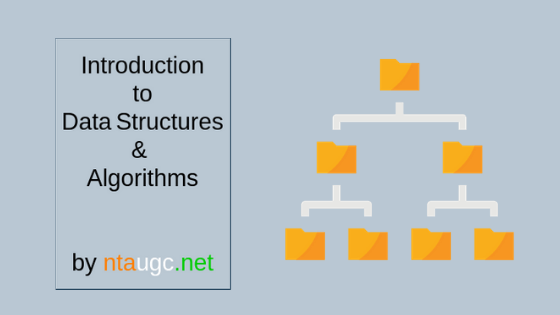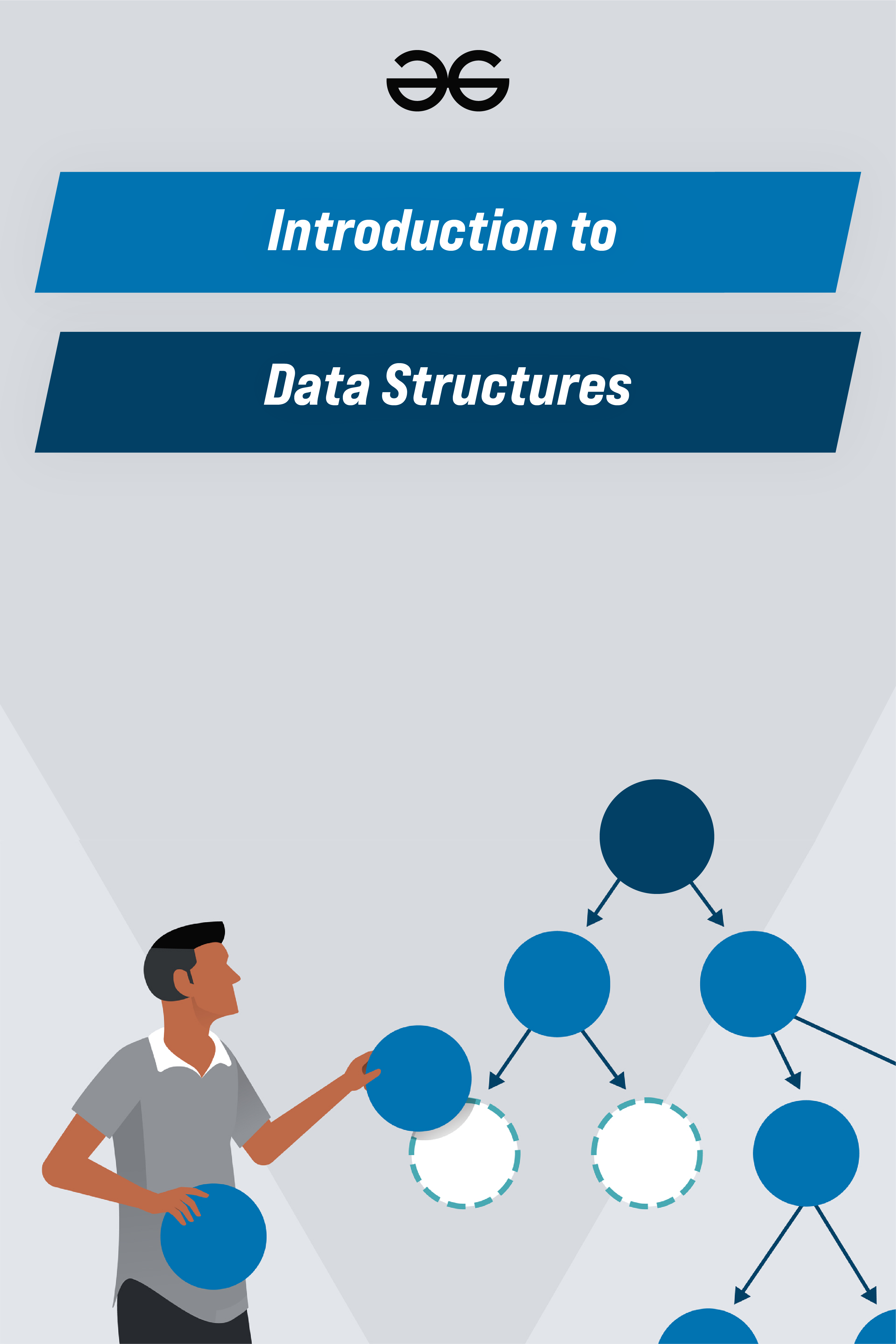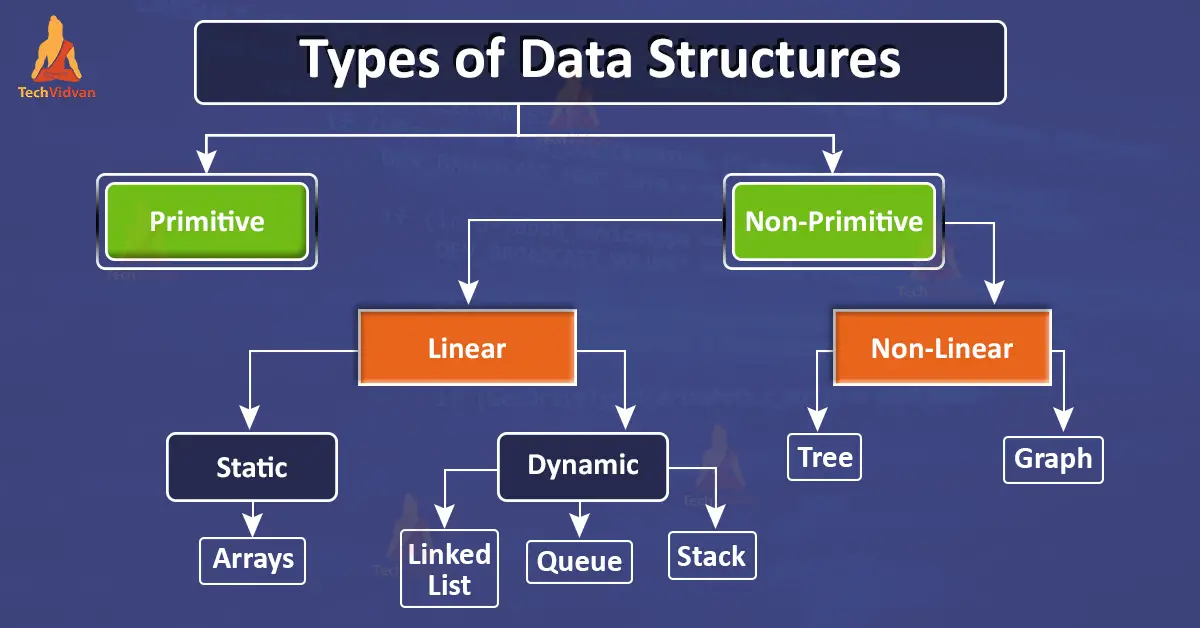Introduction to Data Structures

In the realm of computer programming, data structures play a vital role in organizing and managing data effectively. They provide systematic approaches to storing, retrieving, and manipulating data, ensuring its efficiency and accessibility. This introduction to data structures aims to provide programmers with a comprehensive overview of their significance, types, and applications.

Significance of Data Structures

Data structures serve as the foundation for diverse programming tasks and projects. They enable programmers to:
- Organize data efficiently: Data structures provide a structured manner to arrange data elements, facilitating efficient storage and retrieval. They optimize memory usage and reduce computational complexity.
- Manage large datasets: Data structures help handle vast amounts of data by organizing it into manageable chunks. This allows for efficient processing and analysis of large datasets.
- Perform data transformations: Data structures enable programmers to manipulate and transform data into different formats. This is crucial for data analysis, visualization, and other processing requirements.
- Improve code performance: By choosing appropriate data structures, programmers can enhance the efficiency of their algorithms. Well-organized data structures minimize search, insertion, and deletion operations, resulting in faster execution times.
- Enhance program maintainability: Data structures promote代码的可维护性by introducing a systematic and logical approach to data organization. This makes code easier to read, understand, and modify.
Types of Data Structures
Data structures can be categorized based on their organizational approach and functionality. Common types include:
- Arrays: Linear collections of elements of the same data type, indexed sequentially. They provide fast access to specific elements based on their index.
- LinkedLists: Collections of elements linked together, allowing for dynamic insertion and deletion operations. They are useful for managing data with varying lengths.
- Stacks: Last-in-first-out (LIFO) data structures, where the last element added is the first to be removed. They are commonly used for function calls and recursion.
- Queues: First-in-first-out (FIFO) data structures, where the first element added is the first to be removed. They are used for task scheduling and message processing.
- HashTables: Collections of key-value pairs, allowing for fast lookup and insertion based on the key. They are commonly used for data retrieval and storage.
Applications of Data Structures
Data structures find application in various programming domains, including:
- Database management systems: Databases rely heavily on data structures like B-trees and hash tables to organize and manage large datasets efficiently.
- Operating systems: Data structures are used for memory management, process scheduling, and file system organization.
- Networking: Data structures like queues and linked lists facilitate data transmission and packet routing in computer networks.
- Artificial intelligence: Data structures support machine learning algorithms, data mining, and natural language processing by efficiently manipulating large datasets.
- Web development: Data structures are used for dynamic web page content, form processing, and session management.

Great article been looking everywhere
This was a terrible article! Nothing new here!
The time complexity on the insert() operation of a Red-Black Tree in the worst case is O(log n).
Why do you recommend linked lists for implementing stacks? Queues are way better for that purpose!
Great post, very useful! I’m also a huge fan of arrays.
Yeah, yeah, we know, arrays are great. Tell us something we don’t know.
I’m sorry, but the title of the article is misleading. This is not a guide for programmers, it’s a basic introduction to data structures.
This article opened my eyes, thanks for sharing!
can not compute
Who could’ve guessed that arrays are a good data structure? Mind = blown.
arrray and linkled list are grate in this programing
I already knew everything in this article. It’s too basic for me.